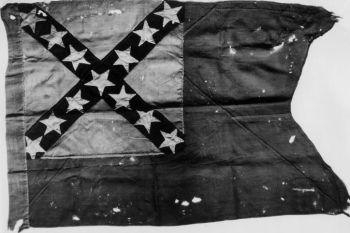As secession fervor continues sweeping the South, Virginians are conflicted. In the eastern part of the state, slavery is a major economic foundation and slave-based plantations are common. To the west (which in 1863 would become the new state of West Virginia), slavery is less dominant, and small farmers more numerous, yet many non-slaveholders in western Virginian are pro-secession.
Barbour County on the western side of the state represents the ideological division in what would become West Virginia. Split between Unionists and Secessionists, the county is peopled by many small landowners, while slaveholders are less represented than to the east. In January, secessionist politicians dominate the public discourse. Yet over the long run, one study of men who enrolled for military service identified 459 Union enlistees, compared to 349 Confederate enlistees. The study concluded that longevity of families in Barbour County correlated to sectional loyalties: the longer a family had lived in Virginia, the more likely were male members to join the Confederate Army, while newcomers (primarily from the North) were more likely to fight for the Union.
Among Baptists, most support the Confederacy, with a notable minority of Unionists. Secessionist sentiments of Baptists are such that Unionist sympathizers burn one Baptist church to the ground. On the other hand, the German Baptist Church (historically pacifist) opts to remain officially neutral regarding secession, although some individuals enlist (and represent both sides of the war).
Source: John W. Shaffer, “Loyalties in Conflict: Union and Confederate Sentiment in Barbour County” (link). See also Shaffer’s related volume, Clash of Loyalties: A Border County in the Civil War (West Virginia University Press, 2003). Also, more information about the Civil War in West Virginia (link).
Photo: 31st Virginia Infantry Regiment C.S.A. (link)



